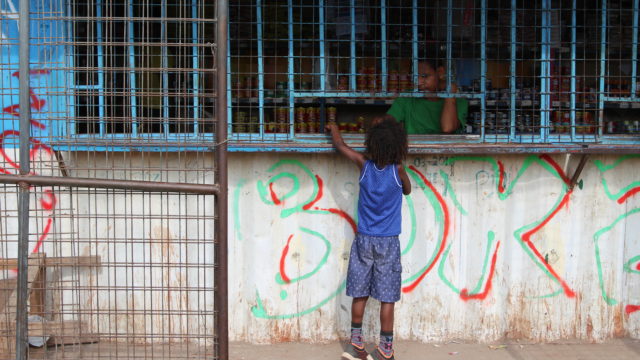
Port Moresby
Papua New Guinea has been a bit of a Mecca destination for me since taking an interest in cultural photography. The long time epicenter of anthropological studies, since the days of Margaret Mead, has been on my mind for many years. This poor nation is finally inviting tourism and I wanted to be on the forefront of visiting some of these remote and isolated tribal cultures that are still maintaining their traditional way of life. This is why I chose this destination.
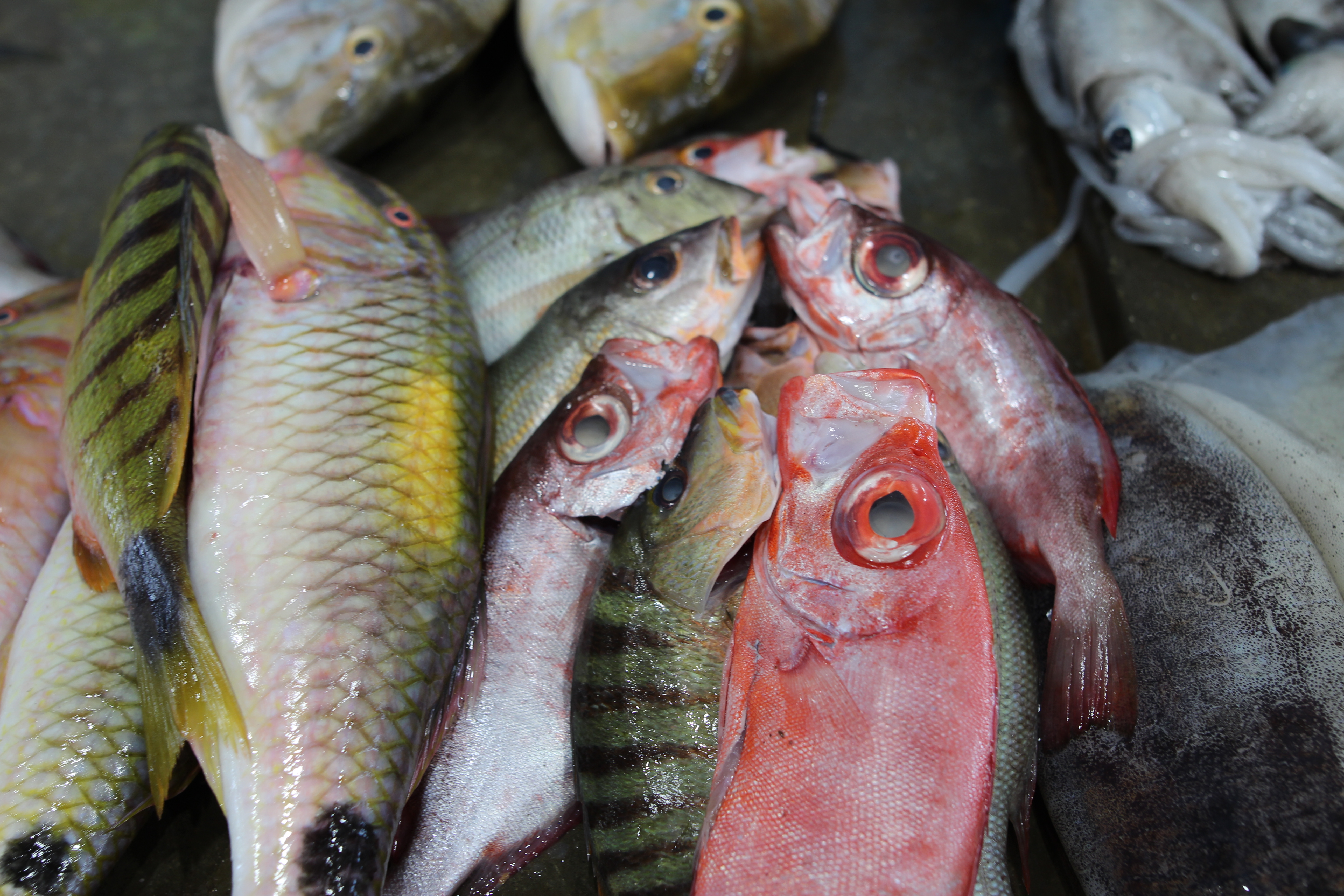
The cultures of PNG speak over 800 native tongues in addition to the common national language, Tok Pisin (a creole language). Many of the more educated Papuans also speak fluent English. There are four main designations of people in PNG: the Sepik people, Highlands people, coastal people and the city people. I was fortunate enough to spend time with all these groups. Because each portion of my trip was so unique due to these distinct cultures, I have chosen to go ahead and create four separate blog posts about my sabbatical in Papua New Guinea.

EXPERIENCE
If looking for a cultural immersion that will rock your world in a deeply authentic way, this is the place to go. Never before have I connected with a local so different from myself in such an honest and personal way. There are a million details that set apart our Western culture from Papuan village life, but somehow it is easy to find common ground. There was never a problem finding topics to talk about, questions to ask one another, or things to laugh over with these folks. It truly was a beautiful trip emotionally, visually and spiritually.
While this trip was in many ways delightful, it was also quite taxing, with four days straight lost to pilot strikes and delayed internal flights (very common occurrence). I caution fellow travelers to expect the unexpected while traveling to PNG and to get comfortable with the reality that this is a very expensive destination (even by Western standards) with a very low bar for hospitality and customer service. My trip began in Port Moresby and got more exotic from there. I will break out posts on the Sepik River and Mount Hagen and Milne Bay later. Throughout these posts I will try to paint a balanced picture of the wonderful experiences along with the uncomfortable ones to give fellow travelers an idea of what can be expected from a trip like this.
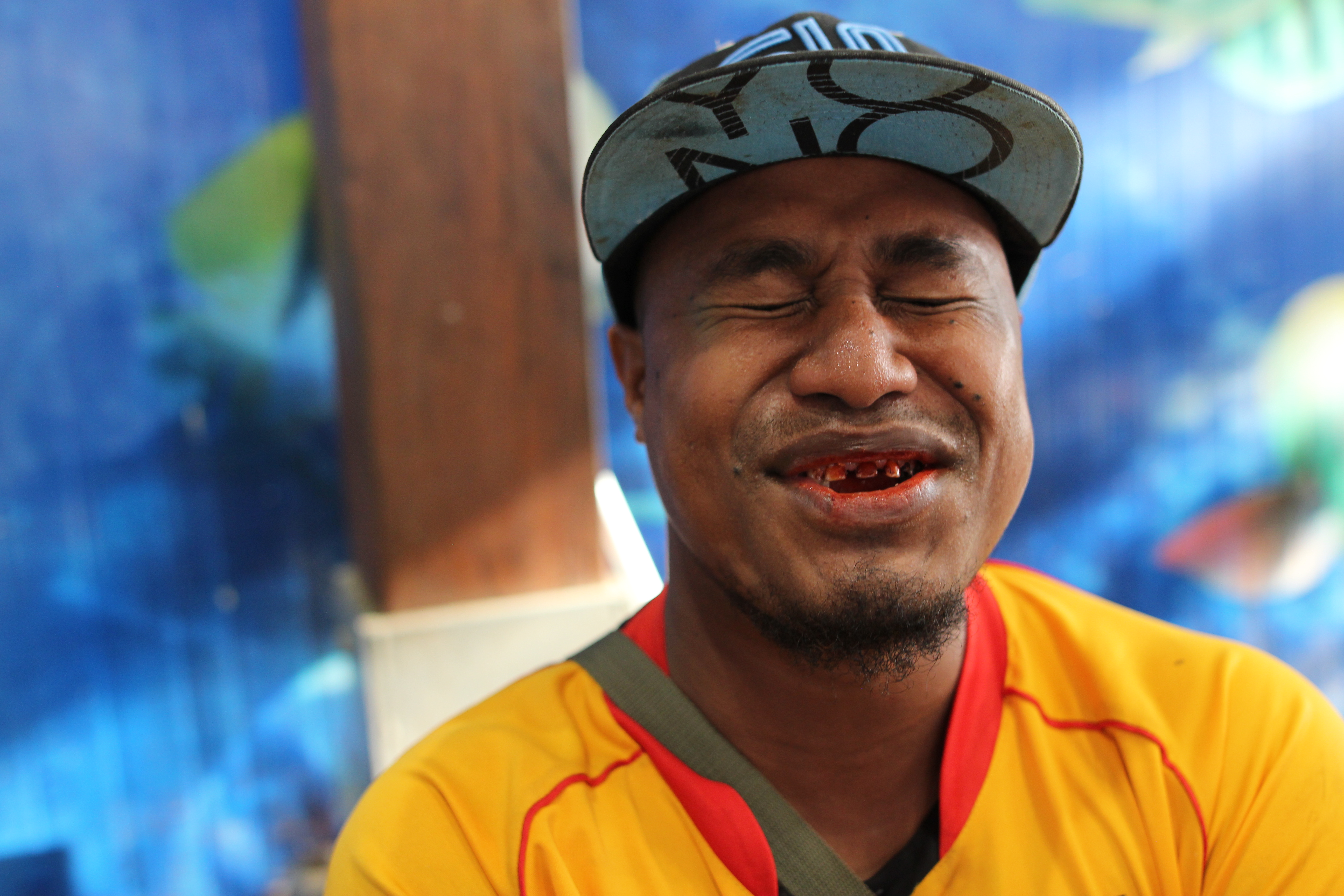
Port Moresby serves as an arrival and departure hub as well as the connection point for all internal transfers. It really is an unsafe city and therefore quite difficult to explore on a street level. With my group we were strongly advised not to leave the hotel on our own and when we did leave as a group we were always accompanied by several body guards, local security in the van as well as a separate security detail following closely behind in another vehicle. While in PNG, I had the chance to chat with a female police officer who works in Port Moresby while on one of my long flight delays. She explained to me that domestic violence was her number one issue while on patrol followed closely by murder. Domestic violence, often spurred by alcohol, is also a cultural phenomena that has been challenging to correct as attitudes towards women have evolved. When I asked her about how murders are committed in Papua New Guinea, she said stabbing and machete incidences were high as well as murder by bow and arrow with poison. Because of deeply ingrained tribal dynamics, violence seems to continue to be a very present part of Papuan culture. Aside from a private escort to a few local stilted villages and a fish market we kept our time in Port Moresby limited to the hotel compound and airport (often for extended amounts of time through delays). Things to check out in Port Moresby (with a guide of some sort) would be a local stilted village, we spent an afternoon in Hanuabada and I heard the Port Moresby Zoo was nice for seeing some of the local animals we often so represented in trial costumes.
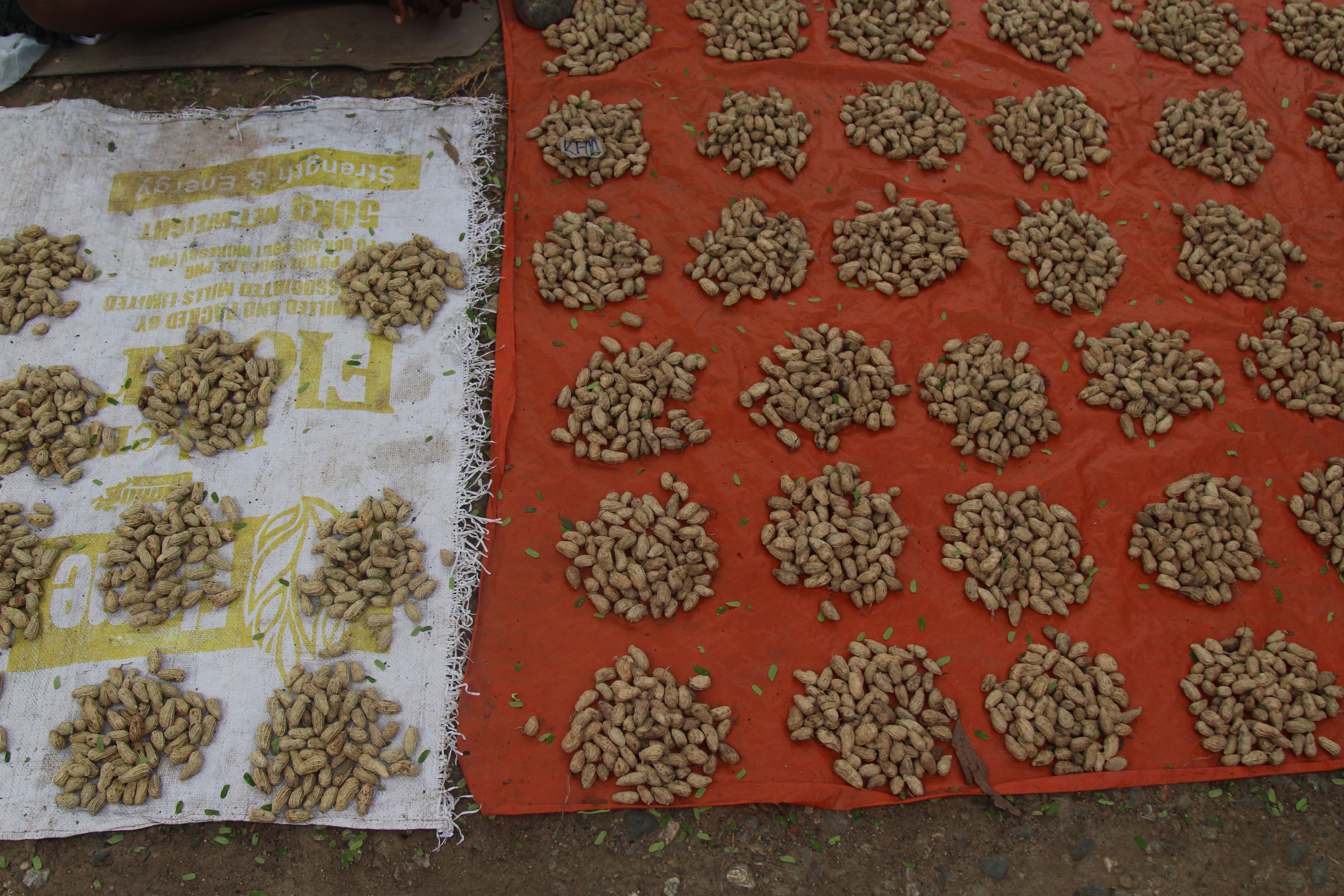
Culturally, PNG is a jarring paradox of beauty and sadness. while this culture is in many ways beautiful, in other ways it is not. with polygamy, rampant domestic violence and pervasive sexual assault, Papuan women display such strength and kindness. bride prices (of money, pigs and kina shells) fuel the ideology of women as property and they are treated as such. repayment of this debt often makes it impossible for women to leave even an extremely violent marriage. so many beautiful faces with so many stories to tell.
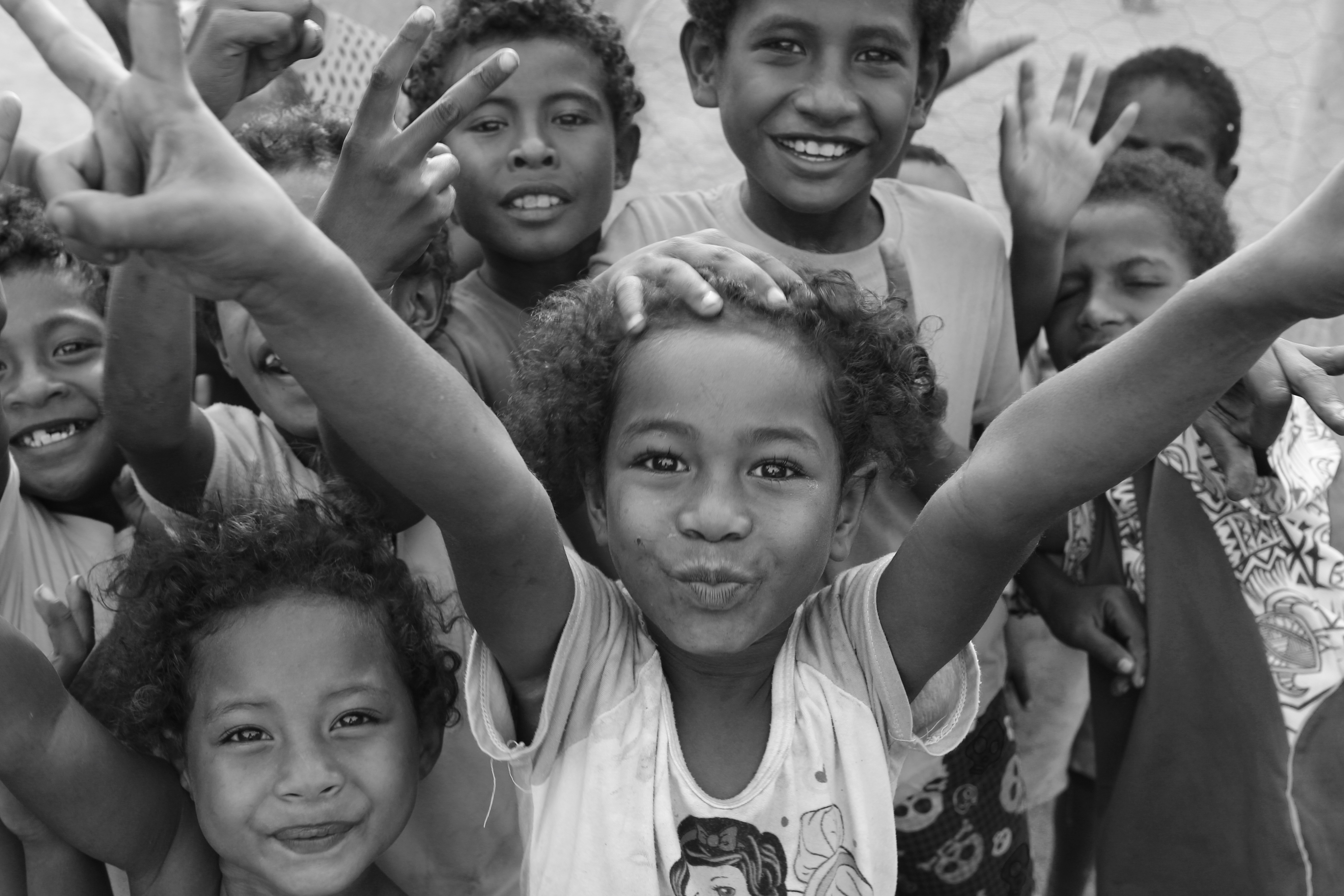
STAY
Hotels in PNG are surprisingly expensive and not particularly impressive by Western standards despite familiar prices. We had hot water, eggs for breakfast and clean sheets in our accommodations in Port Moresby. We stayed at the Holiday Inn Express, which was decent. Later in the trio after being delayed again in Port Moresby, we stayed at the adjacent Holiday Inn, which I would recommend as the best option with a lovely pool, palettable food and comfortable beds.
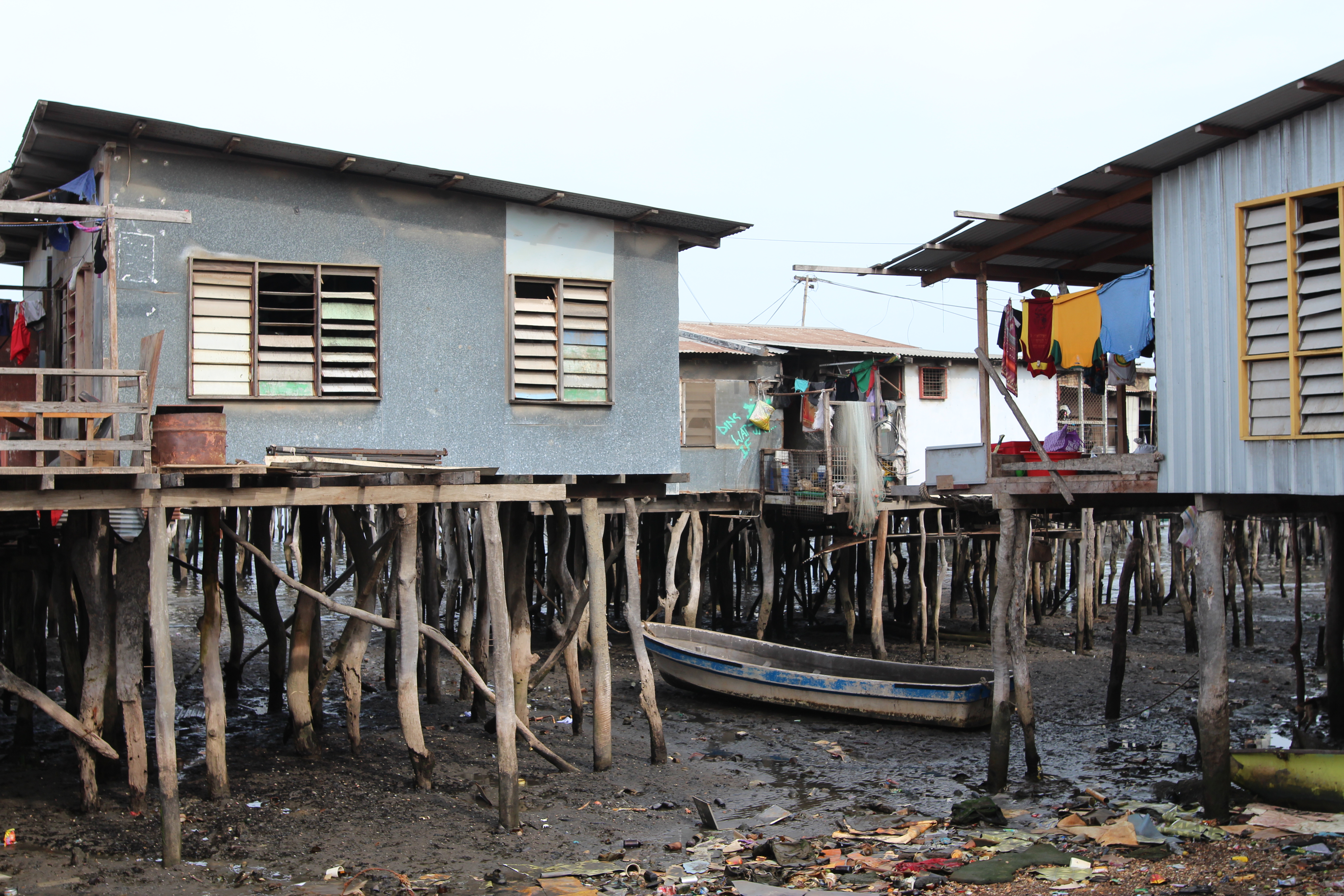
As a general rule, accommodations in PNG are rough yet quite expensive. Persistsnt roaches, rats, and lack of water or power in “five star” rooms seems to be the norm. The hotels have a prison-like safety asthetic which feels ironically appropriate after stays which come to feel somewhat more like incarcerations than vacation. Some of the best nights of the trip, were spent in the simplest places along the Sepik once accepting camping conditions.
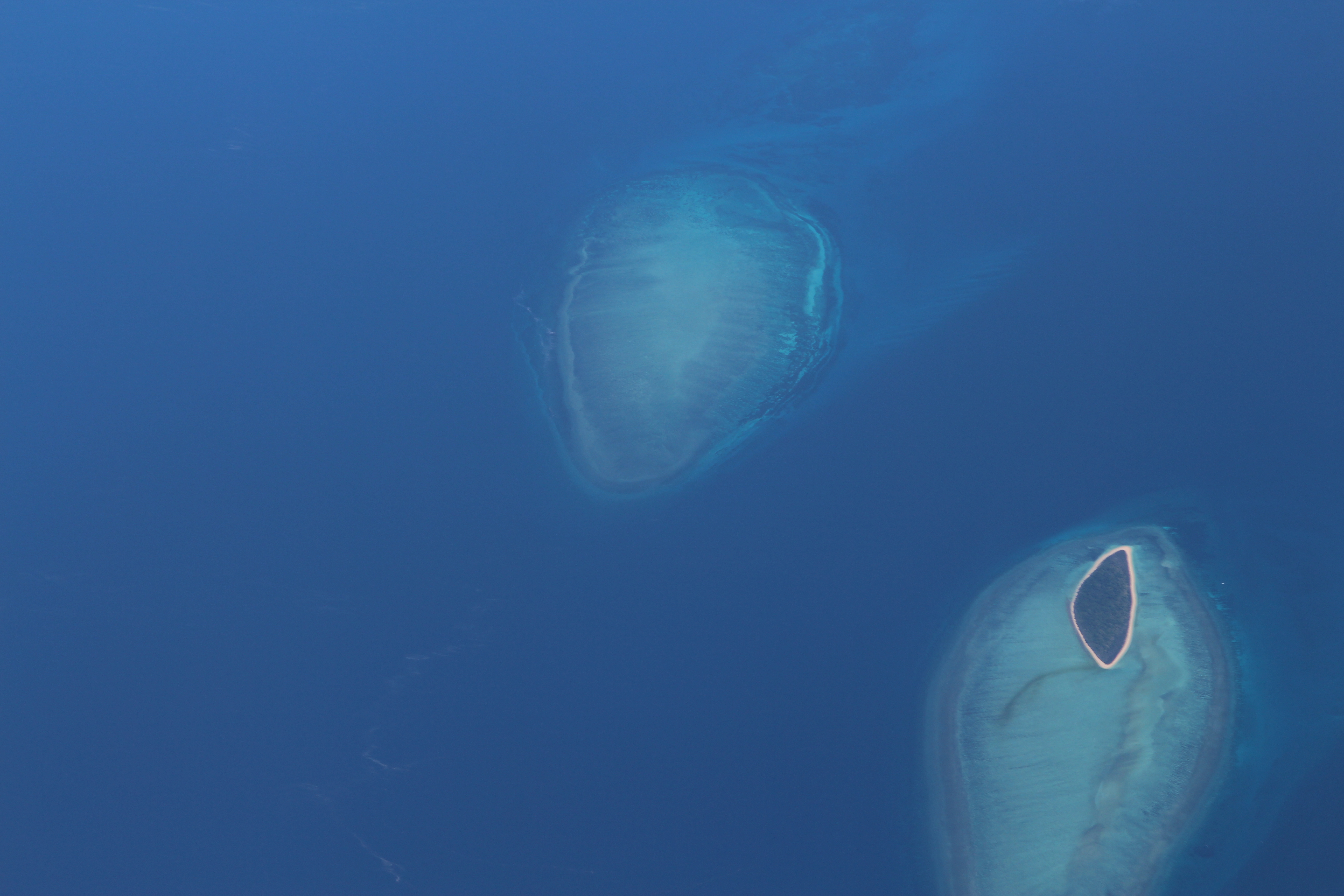
EAT
I was told early on in this voyage that the Papuan people eat out of necessity not pleasure, I understand this after having spent time here. Eating local is not much of an option here because of water concerns and simple lack of infrastructure to do so. We ate with villagers when staying in villages but were then served guest food while locals are mostly plain rice. I would suggest packing some protein bars and peanut butter because there will be times when there is just no appealing option. Luckily, no one in my travel group got too sick.
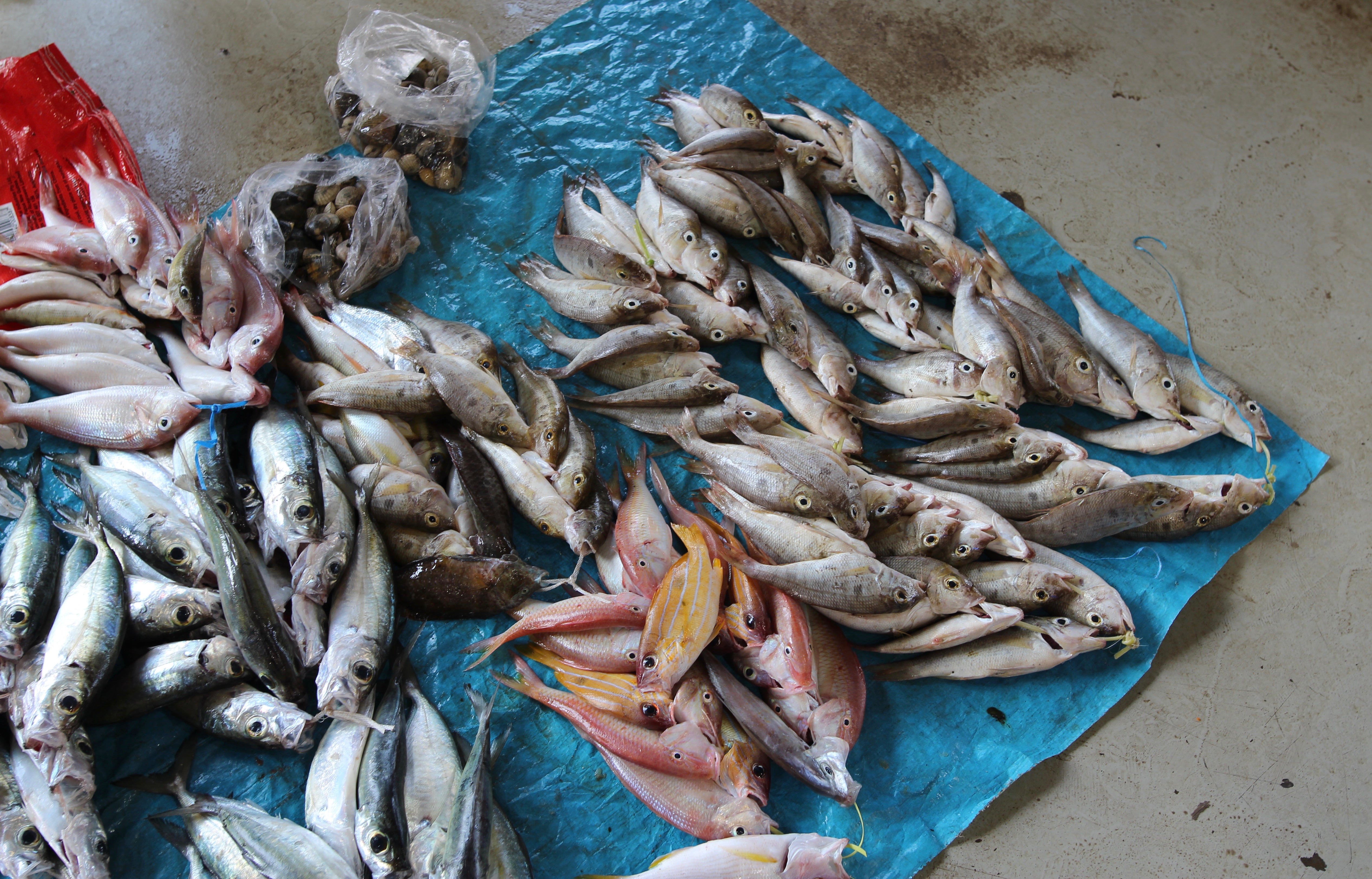


 RSS
RSS